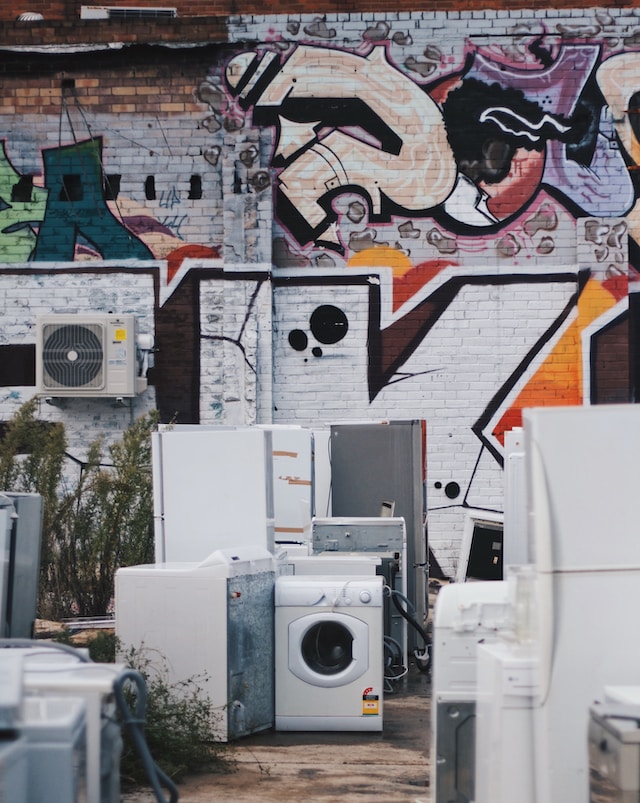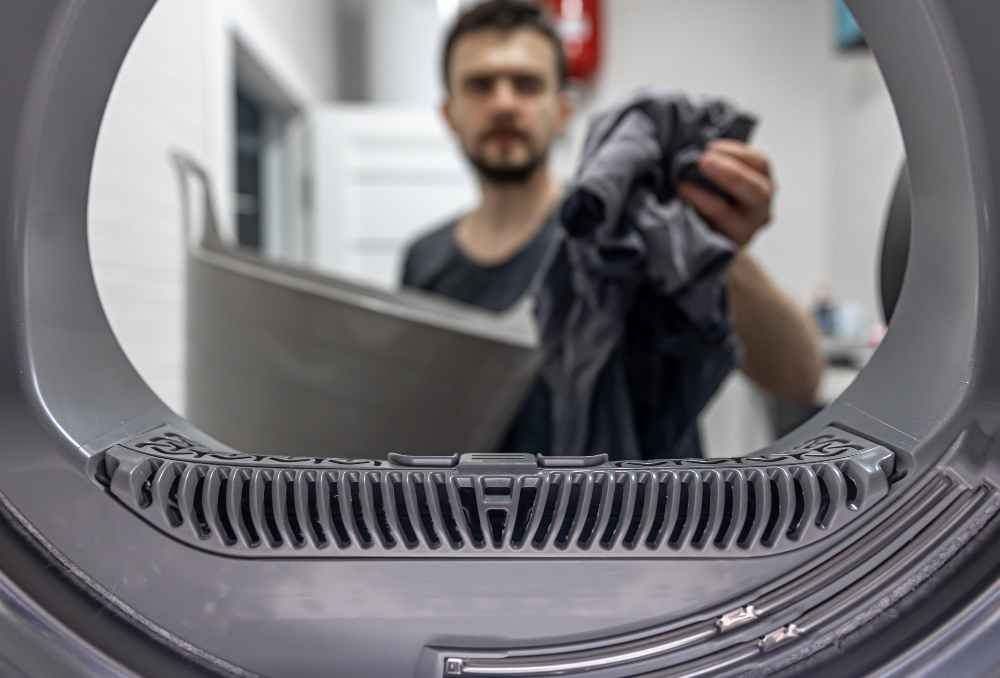Top Signs You Need Your Dryer Fixed
Ever found your clothes still damp after a dryer cycle? Maybe you’ve noticed excessive heat or unusual noises during operation? If you’re nodding your head, it’s time to pay attention. Your dryer’s trying to tell you something.
Don’t ignore these signs; they might indicate serious issues. In this article, we’ll delve into the top signs you need your dryer fixed.
So, let’s decode these warning signals together before you’re left hanging your wet laundry out to dry.
Unusual Noises From Your Dryer
If you’re hearing strange noises from your dryer, it’s one of the first signs that something might be wrong. Don’t ignore it. Start a Rattling Sound Investigation.
Listen closely. Is it a constant noise or does it come and go? Does it change with different settings or loads? These are key clues for Noise Source Identification.
It could be as simple as an unbalanced load or something caught in the drum. Or it could be a sign that a part is wearing out, like the belt or motor. Ignoring it won’t make it go away, but it could make it worse.

Extended Drying Times
Experiencing longer-than-usual drying times is another clear sign that your dryer might need some attention. If you’re noticing that your clothes are still damp after a full cycle, it isn’t just an inconvenience. It’s a drain on your energy efficiency and can inflate your utility bills.
When your dryer isn’t operating at peak performance, it’s working harder and using more energy to get the job done. This increased energy consumption can significantly impact your monthly utility bills. It’s not just about the money, though. An inefficient dryer can also put unnecessary strain on your home’s electrical system.
Excessive Heat During Operation
Another sign you need to look out for is your dryer producing excessive heat during operation. This is more than just a minor inconvenience. Overheating risks not only damaging clothes but also poses a potential fire hazard. It’s a clear indication of heat regulation issues in your dryer.
Your dryer typically operates at a safe, controlled temperature. When it’s too hot to touch or clothes are extremely hot at the end of a cycle, it’s a red flag. It implies that the thermostat or heating coils might be malfunctioning, causing your machine to overheat. Don’t ignore this issue, your safety is at stake.
Seek professional help to fix these heat regulation issues immediately, to prevent overheating risks and further damage to your dryer.
The Dryer Won’t Start
Next on the list of top signs you’ve got a dryer problem is when your dryer won’t even start up. Talk about frustrating, right? This could be due to a couple of reasons.
First, you might be dealing with start button issues. If you’re pressing it and nothing happens, it’s likely the button itself is faulty.
Another common culprit? Power supply problems. If your dryer isn’t getting the right amount of power, it won’t start. Check your circuit breaker and make sure it’s not tripped.
Always remember, if your dryer won’t start, don’t just shrug it off. It’s not going to fix itself. Reach out to a professional who can properly diagnose and remedy the issue.
Clothes Remain Damp After Cycle
If your clothes are still damp after a complete dryer cycle, that’s a clear sign you’re dealing with a dryer issue. Persistent dampness can result from different causes, such as blocked vents, faulty heating elements, or dysfunctional sensors. Not only does this mean longer drying times, but it also leads to fabric damages.

Dampness causes fibers to weaken over time, reducing the lifespan of your clothes. Continually wearing damp clothes can also promote the growth of mold and bacteria, which can cause skin irritations. Don’t ignore this issue – it’s not just about convenience, it’s about the health and longevity of your wardrobe too.
Get your dryer checked and fixed as soon as you notice your clothes remaining damp after a full cycle.
Frequently Asked Questions
What Are Some Preventative Measures I Can Take to Avoid Dryer Malfunctions?
To avoid dryer malfunctions, follow some dryer cleaning tips. Regularly empty the lint trap, clean exhaust vents biannually, and don’t overload it. Proper loading techniques ensure your dryer’s longevity and efficiency.
How Often Should I Schedule a Professional Inspection of My Dryer?
You should schedule a professional dryer inspection annually. Regular check-ups extend your dryer’s lifespan and reduce maintenance costs. Don’t wait for problems, preventative care’s the best way to keep your dryer running smoothly.
Can a Faulty Dryer Increase My Energy Bills?
Absolutely, a faulty dryer can hike up your energy bills. When your dryer’s efficiency drops due to faulty symptoms, it’ll have to work harder and longer, consuming more energy, to get your clothes dry.
Is It Safe to Continue Using a Malfunctioning Dryer While Waiting for Repair?
No, it’s not safe to continue using a malfunctioning dryer. Dryer fire risks increase with faulty appliances. Ignoring malfunctioning dryer symptoms can lead to serious damage or even a house fire. Always prioritize safety.
Are Certain Dryer Brands More Prone to Needing Repairs Than Others?
Yes, certain dryer brands can be more prone to repairs. A brand reliability comparison and cost-effectiveness analysis might guide you. It’s not always about price, but rather, the long-term durability and maintenance needs.
Conclusion

So, if your dryer is making strange noises or taking longer to dry clothes, it’s high time for a repair.
If your dryer is producing too much heat or refusing to start, it’s also a sign that it needs to be fixed.
Another indication that your dryer needs repair is if your clothes are still damp after a cycle.
Don’t ignore these signs. Remember, quick action can save you from larger issues down the road.
Get your dryer checked out and fixed to get back to smooth, hassle-free laundry days.
